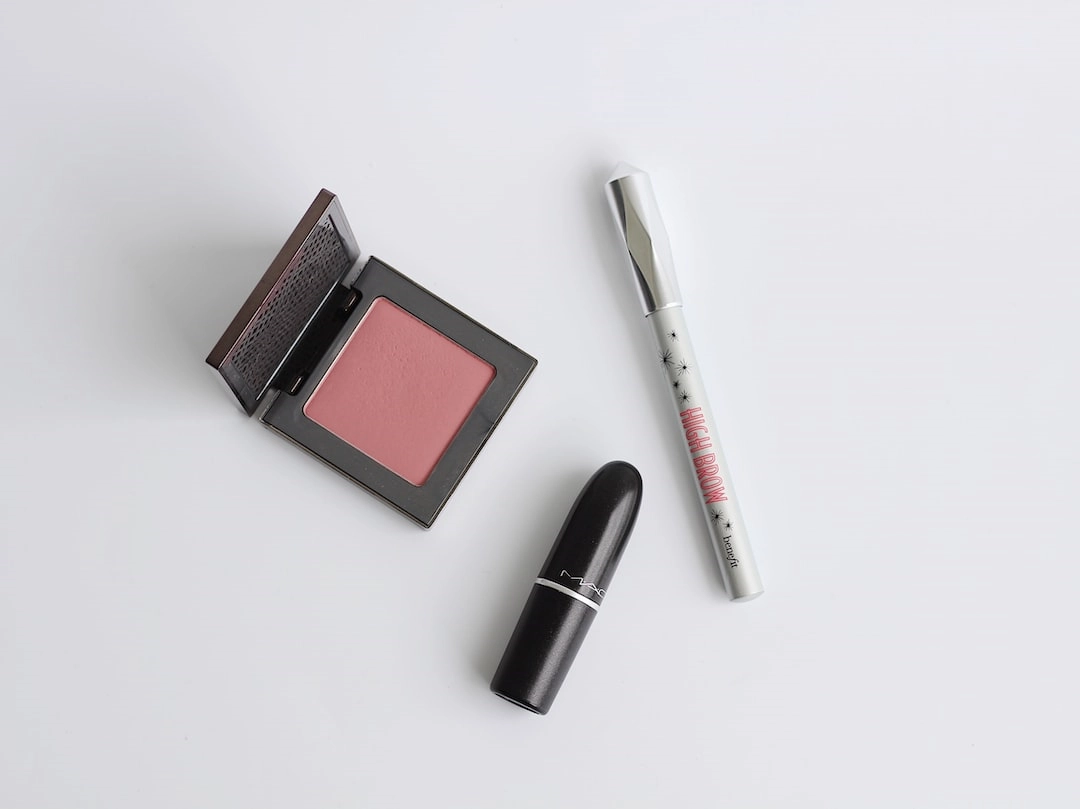What is Eco-Friendly Skincare and Beauty?
Eco-friendly skincare and beauty refers to the practice of using cosmetics, skincare products, and beauty practices that have minimal impact on the environment. It involves choosing products that are made from natural and sustainable ingredients, reducing waste and packaging, practicing ethical sourcing, and promoting transparency in the supply chain. This approach aims to create a healthier planet while still prioritizing personal care and beauty routines.
Real-World Problems Associated with Eco-Friendly Skincare and Beauty
Despite the increasing popularity and demand for eco-friendly skincare and beauty, the industry faces several challenges. These issues can hinder progress and limit the wider adoption of sustainable beauty practices. Here are some of the real-world problems associated with eco-friendly skincare and beauty:
1. Greenwashing
One of the major challenges is greenwashing, where brands advertise their products as eco-friendly or natural without truly meeting these standards. This can mislead consumers who are trying to make sustainable choices, making it difficult to trust the claims made by various companies.
2. Lack of Regulation
The beauty industry is largely unregulated when it comes to eco-friendly claims. There is no standard definition or certification process for determining what makes a product truly sustainable or environmentally friendly. This lack of regulation makes it challenging for consumers to differentiate between genuinely eco-friendly products and those that are not.
3. Limited Access and Affordability
Eco-friendly skincare and beauty products are often priced higher compared to conventional products. This is mainly due to the use of high-quality natural ingredients, ethical sourcing practices, and sustainable packaging. The higher price point can limit access to these products for a larger consumer base, making sustainable beauty options less accessible to all.
4. Ingredient Sourcing and Environmental Impact
While eco-friendly skincare and beauty products prioritize natural and sustainable ingredients, the sourcing of these ingredients can still have environmental consequences. Aggressive harvesting or cultivation practices, such as deforestation or over-harvesting, can negatively impact ecosystems and biodiversity.
In conclusion, eco-friendly skincare and beauty are practices devoted to reducing the environmental impact of personal care routines. However, it faces challenges such as greenwashing, lack of regulation, limited affordability, and potential environmental impacts associated with ingredient sourcing. By addressing these problems, the industry can continue to evolve and provide more sustainable options for conscious consumers.

Solutions for Eco-Friendly Skincare and Beauty
To overcome the challenges facing eco-friendly skincare and beauty, several solutions can be implemented. These solutions aim to promote transparency, regulation, accessibility, and responsible ingredient sourcing. Here are some key solutions to consider:
1. Certification and Standards
The development and implementation of certification programs and industry-wide standards can help verify and authenticate eco-friendly claims made by brands. This will enable consumers to make more informed choices and encourage companies to adhere to sustainable practices.
2. Education and Awareness
Creating awareness among consumers about greenwashing and the importance of understanding ingredient labels can empower them to make conscious purchasing decisions. Education can also help consumers recognize and support brands that prioritize sustainability and ethical practices.
3. Government Regulations
Government bodies can play a role in regulating the beauty industry and mandating certain standards for eco-friendly skincare and beauty products. This can include regulations on packaging waste, ingredient sourcing, and labeling requirements to ensure transparency and accountability.
4. Collaboration and Innovation
Encouraging collaboration between brands, researchers, and environmental organizations can foster innovation in the development of sustainable alternatives and practices. By working together, the industry can find new ways to reduce carbon footprints, improve ingredient sourcing, and create packaging solutions that are both eco-friendly and cost-effective.
5. Price Accessibility
Efforts should be made to make eco-friendly skincare and beauty products more affordable and accessible to a wider range of consumers. This can be achieved through economies of scale, sourcing sustainable ingredients locally, and exploring alternative packaging options.
In conclusion, by implementing solutions such as certification and standards, education and awareness, government regulations, collaborative innovation, and improving price accessibility, the eco-friendly skincare and beauty industry can overcome its challenges and contribute to a more sustainable future.













